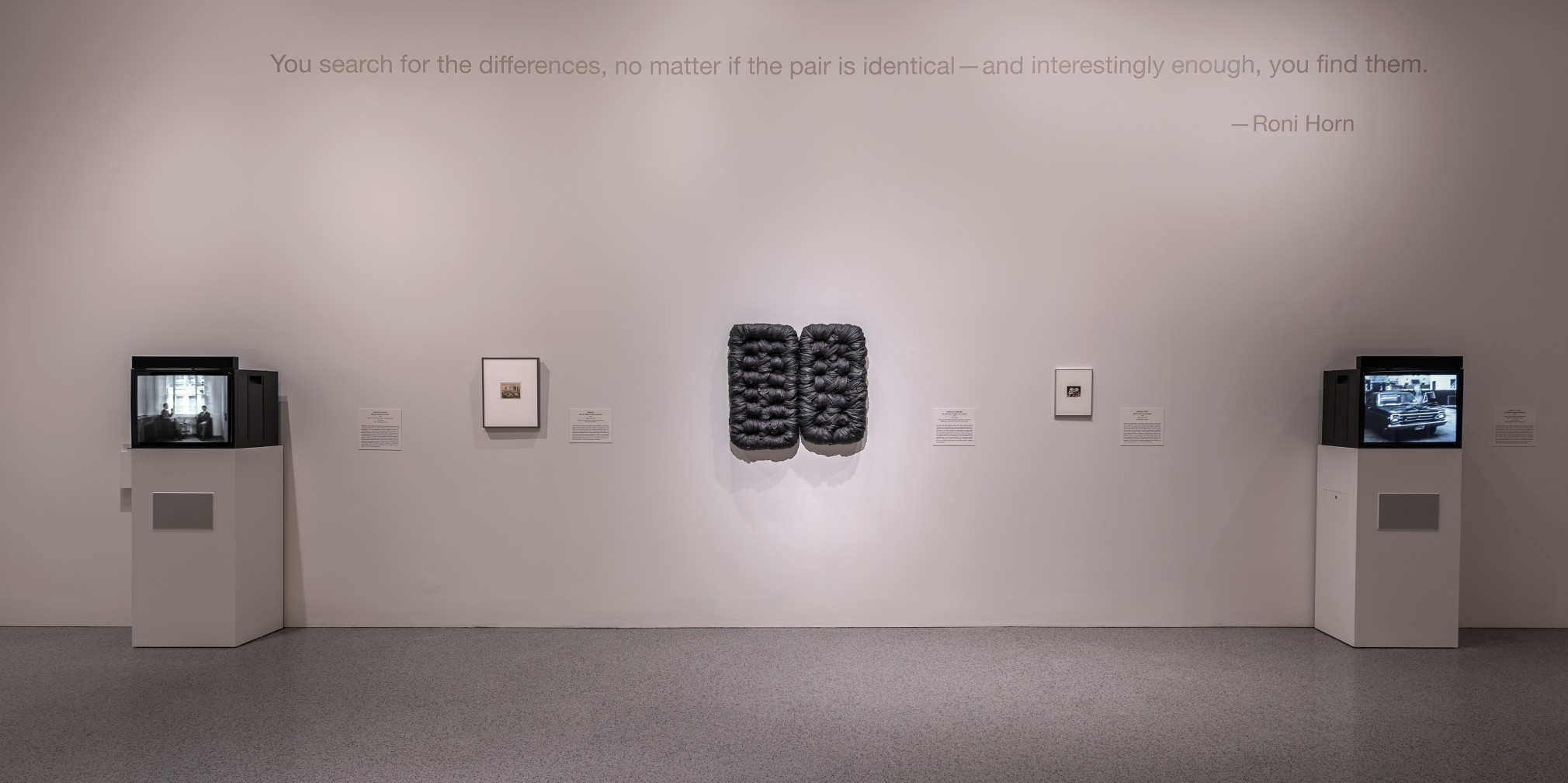Harmony Hammond included in the group exhibition The Double: Identity and Difference in Art Since 1900 at the National Gallery of Art, Washington, DC..
The institution's press release follows:
When two forms or motifs are presented together, or doubled, our eyes can’t help but compare them. Doubling focuses and divides our vision; it causes us to “see double” and identify differences and similarities in what we observe. The art of the double causes us to see ourselves seeing.
The Double: Identity and Difference in Art Since 1900 is the first major exhibition to consider how and why artists have employed doubled formats to explore perceptual, conceptual, and psychological themes. Presenting more than 120 works made between the beginning of the 20th century and today, this expansive show is organized in four parts: seeing double; reversal; dilemma structures; and the doubled and divided self. Among major themes, artists in the exhibition explore questions of identity and difference—the difference between the original work and a copy, the identity of the art with the artist, and especially self-identity as defined by our own unconscious, by society, as well as by race, gender, sexuality, and other forms of differentiation.
Spanning the East Building’s Atrium and Concourse galleries, the exhibition assembles a range of remarkable sculptures, paintings, videos, photographs, and works on paper by some 90 artists, including Janine Antoni, Diane Arbus, Alighiero Boetti, Mel Bochner, Marcel Duchamp, Gilbert and George, Félix González-Torres, Arshile Gorky, Renée Green, Eva Hesse, Roni Horn, Graciela Iturbide, Joan Jonas, Kerry James Marshall, Jasper Johns, Rashid Johnson, Seydou Keïta, Sherrie Levine, Glenn Ligon, Henri Matisse, Josiah McElheny, Nam June Paik, Howardena Pindell, Adrian Piper, Robert Rauschenberg, Frank Stella, and Andy Warhol. Related programming, performances, and a fully illustrated companion book will expand upon the exhibition’s themes. The publication is made possible by the generous support of the Roy Lichtenstein Foundation, Helen Frankenthaler Foundation, John F. Wieland, Jr., and anonymous donors.



